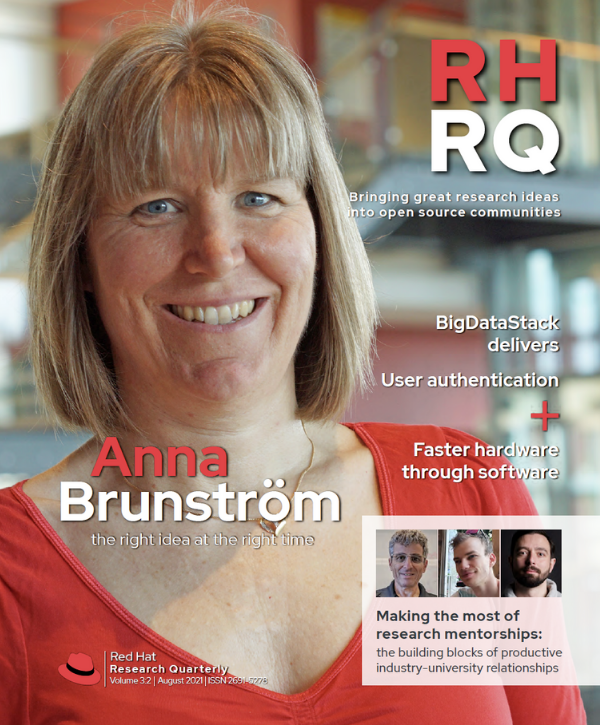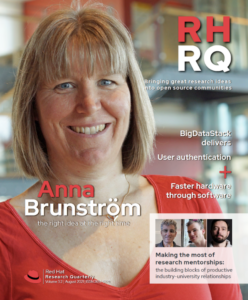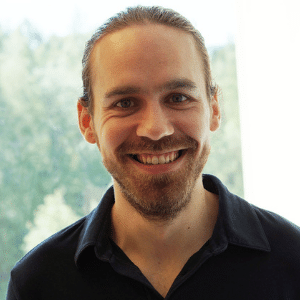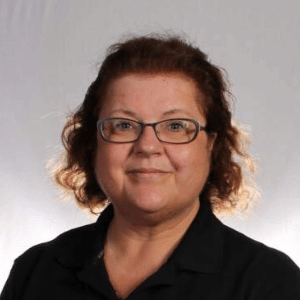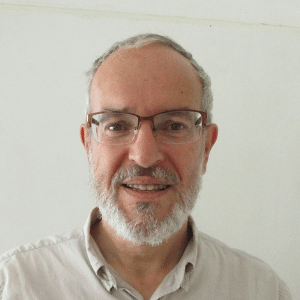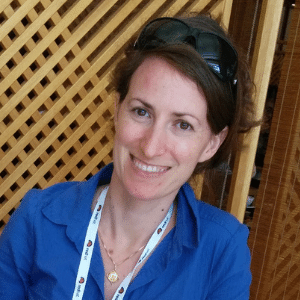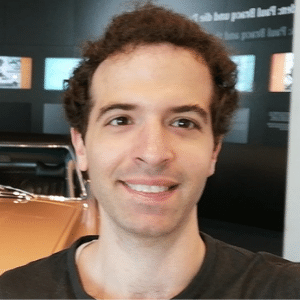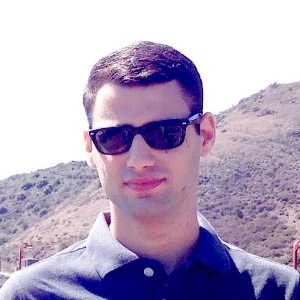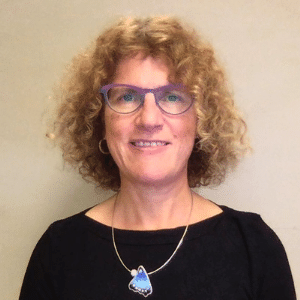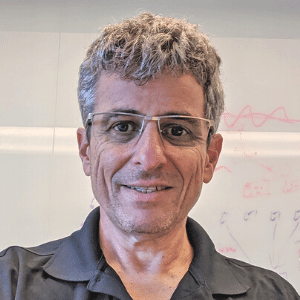Collaboration between students and engineers is shaping the future of software, hardware, and as-yet-unimagined complex computer systems.

I like to read science fiction, partly as an escape from thinking about the complex real-life technology and people we work with daily in the Red Hat Research group. Our research and development projects are fascinating, but some of those problems can curl up comfortably in the back of my mind and wake me at 3 am for a talk. Taking a peek into other technical dreams is a good tonic. In the Afrofuturist Binti novellas by Nnedi Okorafor, I was surprised to find instead a reflection of our research group’s work in the story of a “harmonizer,” or peacemaker, who leaves her home in Africa to travel to an intergalactic university of science and engineering. A math genius and natural builder, Binti is able to generate electrical fields related to math formulas, and she can control currents to alter the world around her. At Red Hat in 2021, we still have to rely on power supplies, hardware, and software stacks, but we are actually changing the world by collaborating with students and faculty to build new complex systems through research.
Creating open source collaboration between engineers and students is key to what we do in the Greater New England Research Interest Group. Engineers and faculty contribute a deep, first-hand understanding of the many varied and unexpected ways that complex systems fail, and students bring new ways of looking at these systems and new approaches to problem solving. The whole team believes in the beauty of an elegant design but recognizes that every design carries with it the potential for failure, as complex systems grow and change, and as original assumptions become invalid. We explore these issues in the open and share not only results and solutions, but all the code and details of the environment and operations that make it possible for others to reproduce the work or alter it for their own systems. This commitment to openness makes the team’s contributions more valuable. The National Science Foundation emphasized this recently in a letter to US researchers. The letter highlighted the importance of creating and sharing full datasets and affirmed their interest in supporting new types of data and tools to “lead the development of next-generation, high-performance networks and computer systems.”
Creating open source collaboration between engineers and students is key to what we do in the Greater New England Research Interest Group.
At the human scale, this approach creates organizations like the Red Hat Collaboratory at Boston University and initiatives like Operate First (see the press release). Students and engineers who are part of Operate First touch all levels of the technology stack, from hardware inventory up through firmware and software compatibility, operational metrics, application performance, and abstract AI modeling of the entire system to help human operators better understand and address complex behaviors.
At the same time, combined university/Red Hat research teams are pursuing projects that reach deeper into the kernel and into special-purpose open hardware programming field-programmable gate arrays (FPGAs) and data processing units (DPUs). (Some of these projects are detailed in “Research project updates,” Vol. 3:1 of RHRQ.) The distinction between software and hardware programming techniques is slowly eroding as these research teams adapt open source tools to create dynamically customized hardware components that could eventually allow us to compile entire systems using only higher-level languages like C.
How do we know this approach builds better systems? Because we’ve discovered and addressed multiple issues with components of complex systems operating in environments like the Mass Open Cloud, and we’ve shared the work in public GitHub issues. The effort has produced software that is more resilient to varied datacenter operating conditions as well as new research publications. How far are we from being able to directly control currents with our fingers? Ask the teams now working on quantum computing, networking, and encryption for that answer. The future may be closer than we think!


